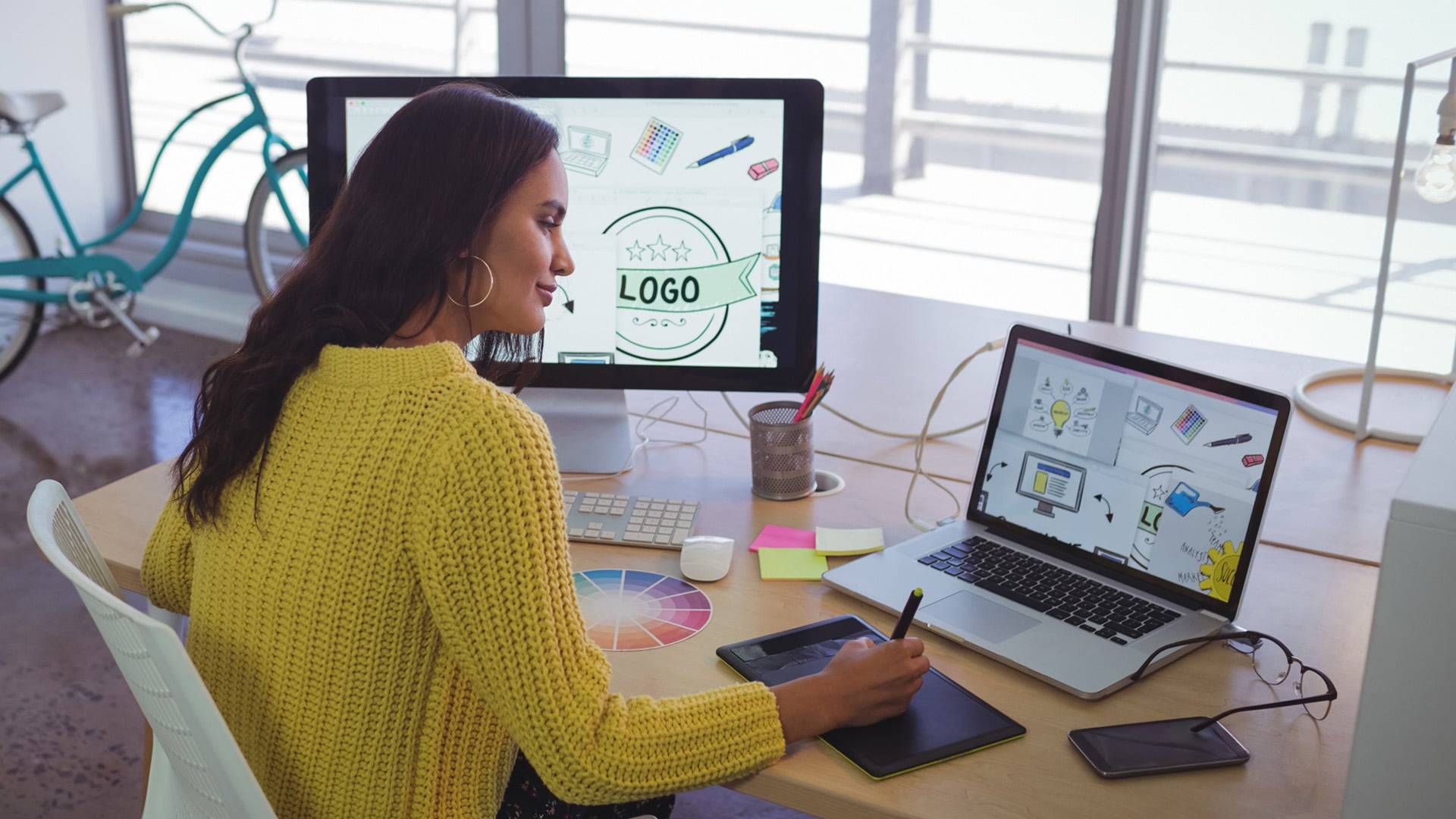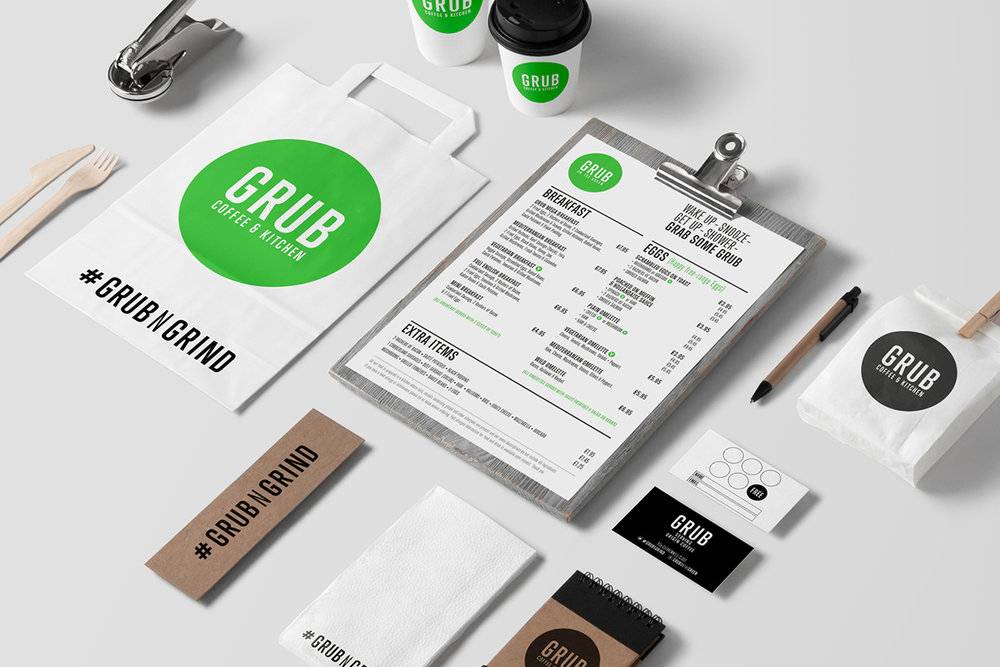1. Does this meet my needs?
When deciding on your final design, make sure it meets your needs. Your design should be a unique, original design. It should stand out from your competitors, be clear and easy to understand. When starting out your design, your designer should have asked you “Who is the intended target audience?”. This will likely be your customer base, and you should have a pretty good understanding of who they are and what they want, and have given this information to your designer so they can create a more effective design.
For your design to resonate with your audience, it needs to communicate with them in a way that will resonate with them the most. For example, if your audience is young children, you will want bright colours. But if your audience is B2B finance, you will want it to appear serious and trustworthy.
Does the design serve the purpose that you intended? If so, it is the correct choice.

2. Does this effectively represent my brand message?
No matter the material – business card, flyer, webpage, email – you’ve commissioned this design for a purpose. When you get the design back from your designer you need to take a look at it and ask yourself “Does this effectively convey the message I want to be put across?”
This is something you should be able to ascertain quickly. If you have to take some time to look at the design and figure out whether or not it is effectively communicating your message, chances are it’s not.
While the aesthetics of the design are important, its purpose is more so. If viewers can’t easily understand what action you want them to take after viewing the design, you will get little or no engagement from it.
If the design is serving its purpose, you will only have to glance at once to think ‘Yes, that clearly conveys my message.”
3. Is everything correct?
This may be simple, but is everything correct? Your brand name, tagline, all elements displayed in your logo design. Are they spelled and displayed correctly? The most reprints are for simple mistakes in the copy that were only spotted after the fact.
4. Can it be incorporated into ALL aspects of my brand?
One of the most important things to consider is if the design can be used in every aspect of your branding. The consistent use of your branding builds brand awareness and establishes brand recognition. So, your logo should be used EVERYWHERE, in all of your visual communications. Make sure your the isn’t too “busy” or “crowded”, and all the copy is legible.

5. Can your designer justify their design choices?
A designer should always be able to explain why they have chosen to go at a design a certain way – why they picked certain fonts, colours and images and copy.
If you have a concern about a specific element of the design, your designer should immediately be able to put your mind at ease, explaining why they went about it in the way they did.
Remember, you chose to hire a professional designer for a reason – because they are a professional. They may have gone about the design in a way you don’t entirely agree with, but you should trust their expert opinion as long as they can back up their reasoning.
6. Are all included graphic design elements licensed and legally obtained?
In most cases, graphic design projects will involve the use of different kinds of graphic design elements. From flat icons to logo designs to certain typeface families, designers will need to, one way or another, source these key design elements from different people or sites.
This is why, if you are now on the penultimate stage of the design process, you would most likely need to make sure that all the graphic design elements incorporated in any of your final designs are all sourced legally.
For instance, this means that you need to ask yourself and verify if a certain font style was bought and downloaded legally. As the lead designer, you also need to recheck if these design components can be used for commercial purposes. One main reason for asking yourself these questions is to make sure that you (and your client) will not be sued for intellectual copyright infringement in the future.
Ask yourself this question before you choose a final design and you will save yourself (and your client) any potential legal headache in the future. And even if you do not get sued in the future, the negative publicity associated with using someone else’s design or a derivative thereof without their written permission may break your own and your client’s credibility.



